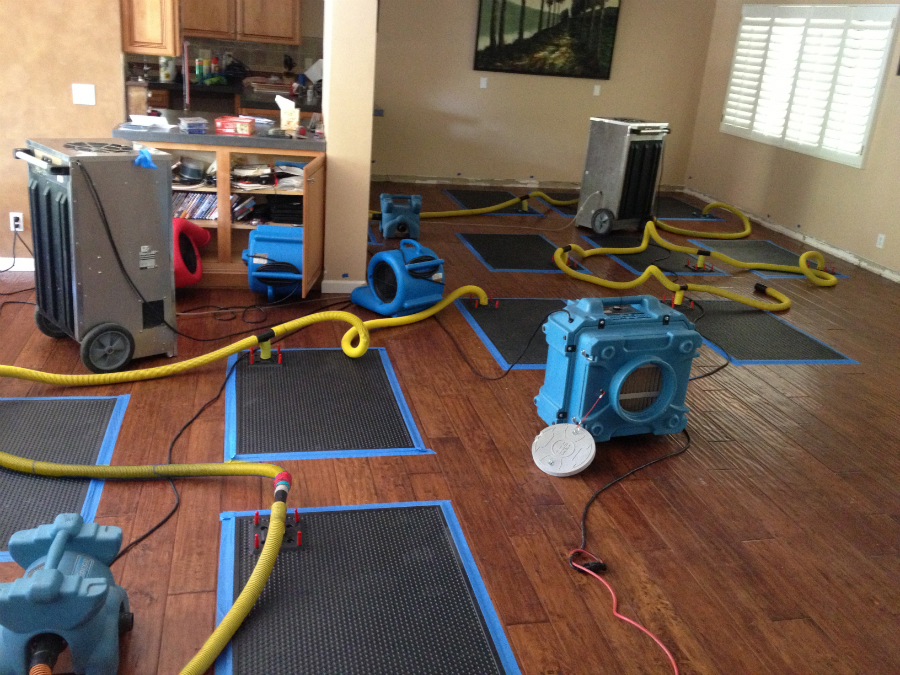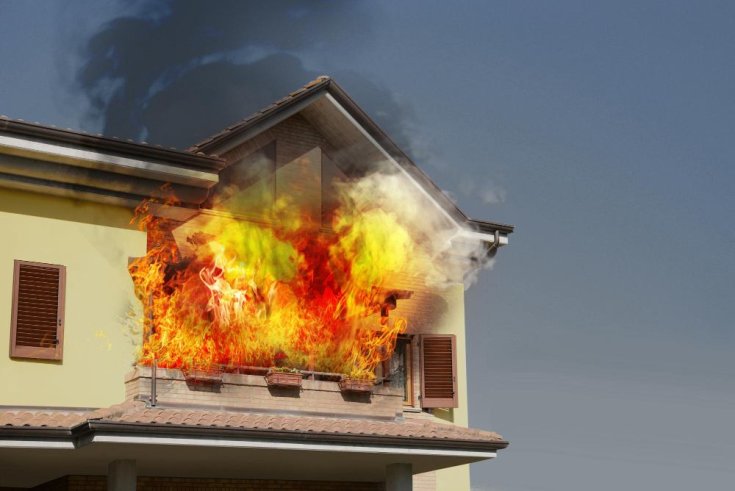404-900-3852
15-45 Minutes Response Time
404-900-3852
15-45 Minutes Response Time
Not all water damage is the same. When it comes to water damage cleanup, the category of water damage is as significant as the volume of water involved. In fact, when you call water damage restoration specialists, they will likely ask you about the type of water damage involved so that they can prepare accordingly. Granted, the professionals at Tidal Wave Restoration are prepared for all tiers and possibilities. In this brief article brought to you by Tidal Wave Restoration we summarize the three categories of water damage so that you are not stumped when the experts start asking questions or talking about the situation. Understanding these differences can also protect you from health risks.


How To Prevent Water Damage from Leaking Appliances Water damage from leaking appliances can wreak…
 December 11,2023
December 11,2023

Precautionary Measures to Prevent a Fire on Your Home Home and business fires are awfully…
 December 06,2023
December 06,2023
At the beginning of the spectrum, we have clean water damage. This type of water damage is generally caused by a clean water source such as a broken or leaking water line or plumbing fixtures. The water is usually colorless and odorless, posing little to zero health risks.
Just because the water is harmless to humans does not mean it is harmless altogether. Clean water is just as capable of deteriorating and rotting wood, furniture, and other property. It can seep through cracks and crevices and cause major headaches if ignored.
If you have an overflowing sink or broken dishwasher, then you are probably dealing with gray water. The water in this category can be slightly contaminated by harmful pollutants like microorganisms, chemicals, and bacteria. Gray water can be harmful if ingested but airborne risks are minimal. Still, it’s important to wear protective equipment when handling gray water as people with weaker immune systems can experience negative effects.
Black water is the most hazardous type of water damage and refers to water that is highly contaminated with toxins, pathogens, parasites, and viruses. Black water is especially dark and has a very bad odor. This category of water damage can come from sewage backups, overflowing toilets, and floodwater from storms. Black water poses serious health hazards, and it is imperative that you wear protective equipment when handling black water. In fact, we strongly advise against managing black water on your own if you are not experienced or equipped.
When acting against water damage, time is of the essence no matter the type of water damage involved. It is recommended to take action within 48 hours of the initial damage in order to reduce the risk of further damage and to ensure a successful restoration process. The longer water damage goes unaddressed, the more time it has to penetrate into building materials, furniture, and other possessions, causing greater harm.
Rapid response is particularly crucial when dealing with black water as harmful pathogens and chemicals can spread quickly, especially through the air. It is best to call in a professional water damage restoration company like Tidal Wave Restoration as soon as possible to assess the situation and begin the cleanup process.
The live representatives and dedicated specialists at Tidal Wave Restoration are on standby to take your call and ready to dispatch to any location in the Metro Atlanta area as soon as possible.